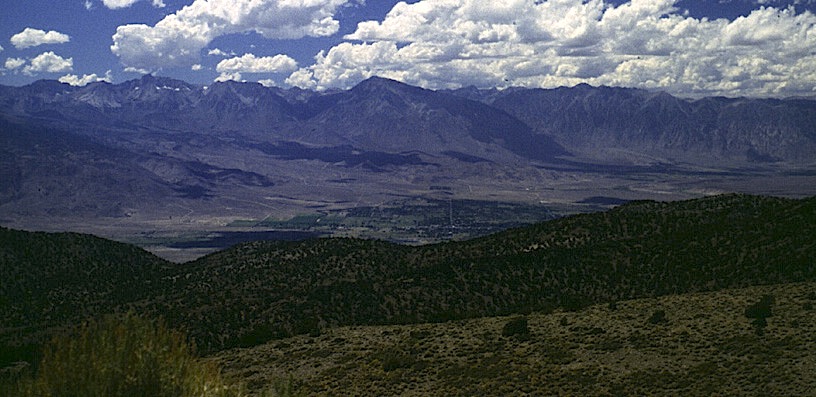
Institutions for the Arid Regions
What were the pros and cons of federal reclamation policies from 1902 until 1940?
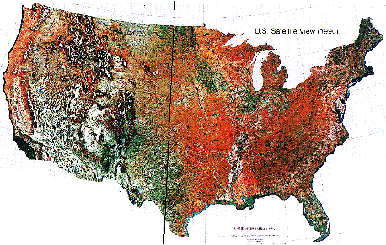
revolt | underlying problem | reform | irony of change | conservation | environmental conservation | public trust doctrine | Public Domain | land realism
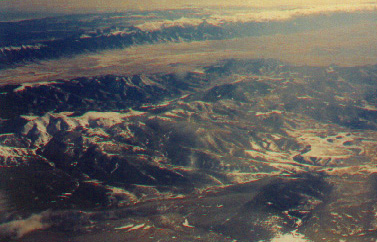 Dams and competition among federal agencies
Dams and competition among federal agencies
There was a pragmatic turn to utilitarianism as a rejection of laissez faire competition since it was seen by reformers that the unbridled competition for scarce resources benefited the few at the cost of the many. Laissez faire economic theory had instead argued that the good of the entire community is produced when parties freely compete to obtain resources.
Both corporate greed and monopolization of resources became national political issues after the Civil War.
Examples of events that triggered the federal regulatory actions that now characterize Progressive politics from 1890 until 1932.
A widespread failure of private irrigation corporations to bring sufficient water to agriculture and municipal entities provoked the creation of irrigation districts and federal surveys.
revolt | underlying problem | reform | irony of change | conservation | environmental conservation | public trust doctrine | Public Domain | land realism
These were all part of the attempt among Progressives --both Republicans and Democrats-- to protect areas of critical importance to the conservation, preservation or regulation of lands and their resources that were needed by municipalities or regions for their prosperity and development.
revolt | underlying problem | reform | irony of change | conservation | environmental conservation | public trust doctrine | Public Domain | land realism
Reclamation: It is a method used to return disturbed land to a state where it is once again useful. We use the term to explain the recovery of productive qualities in deserts by irrigation, the drainage of water from wetlands, and the restoration of mined or damaged lands to a non-toxic or more fruitful condition. Reclamation, as a form of conservation became a national priority in 1902. The consequence was a loss of wetlands, breeding areas for birds and fish, and downstream flooding.

Owens Valley, Southern California aqueduct taking water from the Sierras to Los Angeles.
Specifically the irrigation of the arid regions was the primary goal of the Bureau of Reclamation. Without reclamation, the land would be left damaged and incapable of supporting other uses such as agriculture, forestry, recreation and wildlife habitat.
revolt | underlying problem | reform | irony of change | conservation | environmental conservation | public trust doctrine | Public Domain | land realism
![]()
Rivers are owned by no one person; and instead are held in trust by the states and federal governments for the use and benefit of the public.
• public trust doctrine is a state and common law protection for the flow of water in a river or stream.
• interstate commerce clause gives the federal government the priority in power to control and promote navigation on interstate water bodies such as lakes and rivers.
The tragedy
of the commons; each extracts a whole benefit from a common pool while
sharing only the partial costs of depletion until the resource is exhausted,
ruining all.
market failures
Johnstown flood & urban water supplies
private dams collapse, investment failures
competitive waste in timber, oil, coal, gas, electricity
Peshtigo, Wisconsin fire storm, 1870s
Oil Valley, Pennsylvania, 1880s
revolt | underlying problem | reform | irony of change | conservation | environmental conservation | public trust doctrine | Public Domain | land realism
The federal agency as a means of institutional reform
W. J. McGee (Powell's protégé) & Gifford Pinchot as Progressive reformers
Pinchot argued that conservation was needed for development based on McGee's definition of the policy as the "use of natural resources for the greatest good for the greatest number for the longest term."
Conservation - to keep from harm, loss or decay.
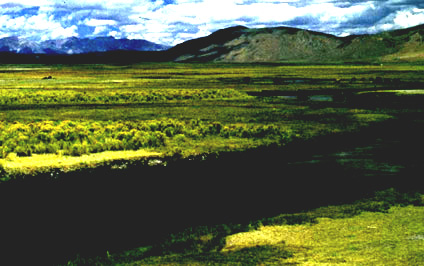 |
Newlands Act , (Reclamation Service) 1902 Antiquities Act, 1905 National Governors Conference on Conservation, 1909 |
|---|---|
Owen's Valley was purchased for its water rights
(1905-1909) |
Owen's Valley was purchased by Los Angeles County Department of Water and Power for its water rights (1905-1909).This was because state law required that in order to acquire the use of surface water of the stream side one bank or the other had to be owned by the person or corporation seeking access to the flowing river.
In this famous case the springs and rivers of Bishop California that feed the Owen's River were slowly purchased by the Department of Water and power in both Inyo and Mono counties in such large amounts as to secure the City of Los Angeles the right to divert the water south and meet the irrigation demands of Southern California growers. Owners also had the right to pump ground water on their land regardless of the size, extent, and pressure of the underground water source called an aquifer.
Only in 2004, did the City finally agree with Owen's Valley interests to conserve sufficient water to allow a significant flow for fish and wildlife, in addition to users of water in the valley, 300 miles north of Los Angeles County.
revolt | underlying problem | reform | irony of change | conservation | environmental conservation | public trust doctrine | Public Domain | land realism
What is the public trust?
The public trust doctrine is the strongest legal means of protecting the water quality and the policy basis to restore tidelands, grasslands, forests, water flow or soil —
especially soil which like submerged mud flats, sea grass beds, oyster reefs and mangroves
that have little or no economic valueto promote, sustain, or foster healthier "non-economic" facets of the farm, forest, or fishery cycle the makes export crops, or sport and commercial game, livestock or fisheries possessing "economically" valuable commercial viability.
Thus, to "protect resources for the future" (or restore the Disturbed Harmonies) we need a conceptual foundation of geographical regeneration to include both non-economical and economical facets of the natural and social sources of value,
natural value crops, orchard fruit, wine, food
social value mortgages, marriages, machinery, homes, cuisine
if conserving resources for future consumption is to prevail over damaging, or destructive impacts of the present and past.
revolt | underlying problem | reform | irony of change | conservation | environmental conservation | public trust doctrine | Public Domain | land realism
The Iron Triangle of special interests
federal rivalry as an undermining of the intended reform
Army Corps of Engineers - meeting the industrial challenges of navigation & flood control and serving large farms and corporate farm interests
Bureau of Reclamation was bound by
enforced acreage limitations under the Homestead Act to assist small farms,
family farm movement of populist, rural aid ideas
Great schisms in the conservation movement:
Hetch Hetchy Valley fight 1900-1913 (three-way brawl)
Pinchot–Ballinger controversy & Alaskan coal lands (1909)Teapot-Dome scandal of private drilling on federal lands or Naval Petroleum Reserves
Alaskan oil pipeline on the North Slope.
Agency capture is the experience of a bureaucracy that relies so heavily on private corporate expertise that inadvertently or intentionally the policy making from the agency, bureau, or department is essentially made in the interest of those corporate entities the agency was created to control in the first place.
This ironic outcome raises the quis custodiet problem.
Taken from the Latin phrase "Quis custodiet ipsos custodies?"
The question raised is literally "Who will watch the custodians or watchers," meaning once a custodial relation or watch dog agency or group is established who will monitor their performance to see that they are actually protecting the public's interest and not their own private interests?
revolt | underlying problem | reform | irony of change | conservation | environmental conservation | public trust doctrine | Public Domain | land realism
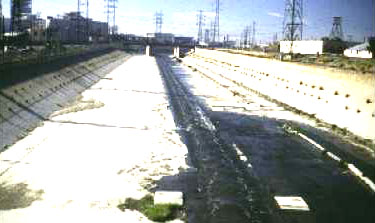
Political reforms and constitutional privileges
US Fish and Wildlife Service created 1941 reported on significant declines in birds especially wading bird populations and fishery losses, such as Pacific anchovies and salmon.
Water and air pollution after the war was a serious concern to states and urban regions.
Water Pollution Control Act, 1965
What are the examples in Cadillac Desert, the Reisner text, of over-consumption of resources?
revolt | underlying problem | reform | irony of change
conservation
environmental conservation
public trust doctrine | Public Domain | land realism
National Estuary Protection Act, 1968
Coastal protection
The reforms:NEPA; National Environmental Policy Act, 1969
Reclaiming wilderness as an item of national heritage preservation:
National Park Service Act, 1916: recreation & tourism as a priority over timber
Wilderness Act, 1962: to set aside, restore & re-establish wildlife habitatThe Wild and Scenic Rivers Act was an acknowledgement that previous land-based laws had to be extended to the water sources that actually sustain ecological integrity of living communities.
Reisner, Cadillac Desert - chapter 8.
The Grand Canyon, by Thomas Moran
revolt | underlying problem | reform | irony of change | conservation | environmental conservation | public trust doctrine | Public Domain | land realism
Links: